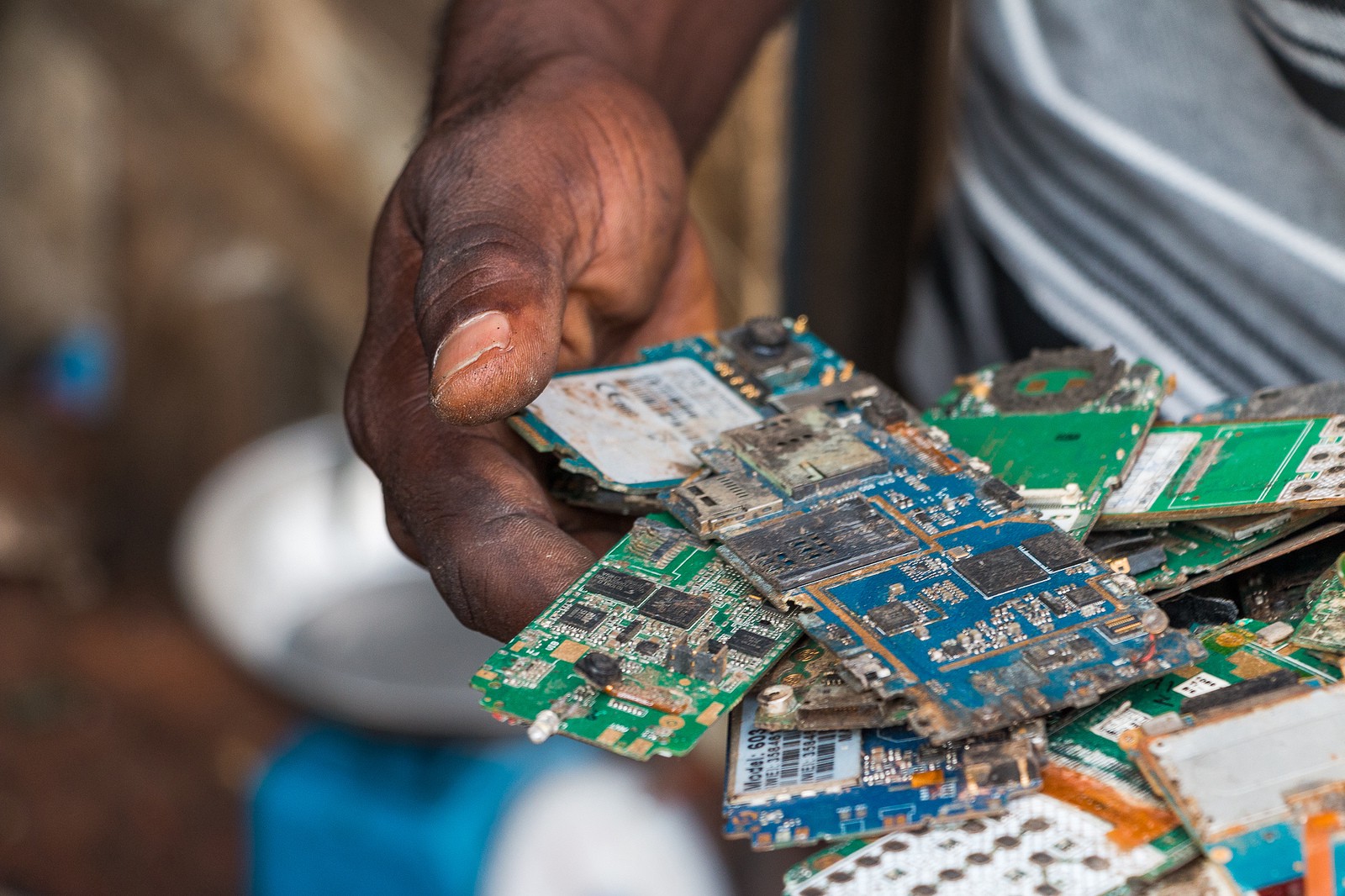

It started with a petition. Campaigners wanted to raise awareness about so-called conflict minerals–where the trade in natural resources like gold, tin, tantalum, and tungsten plays a role in funding brutal conflicts.
Activists hoped a petition would get shared and build some awareness and help articulate a community of people who cared, provoking some action. They wanted companies using potential conflict minerals to, at least, take steps to find out where they’ve come from to check that their purchases aren’t fueling human rights violations.
But petitions are limited. The campaigners wanted more than a share-bait headline. So, rather than just critiquing the electronics market, they decided to intervene into it and make their own phone.
Thus, the idea of a Fairphone was born.
“We thought, if we want to change something in the industry, we want to be a part of [that industry],” Daria Koreniushkina, who works in public engagement at Fairphone, told me. “Show by example that you can be a sustainable business while also putting people and [the] planet first, making positive changes.”
Koreniushkina continued, “The supply chain behind phones and other electronic products is just so complicated and there is such lack of transparency. Only by being a part of it [can you] step by step open it up and understand what’s going on there. By producing a phone we could increase the scope of our activities and address the whole supply chain, not only mining but also manufacturing, life cycle, design.”

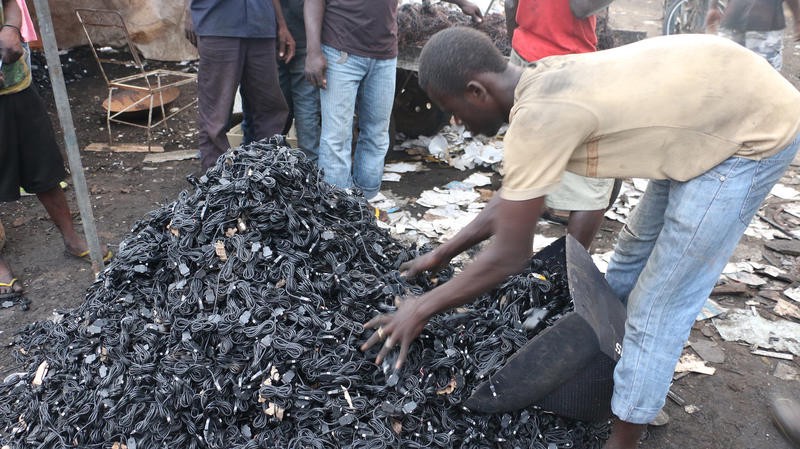
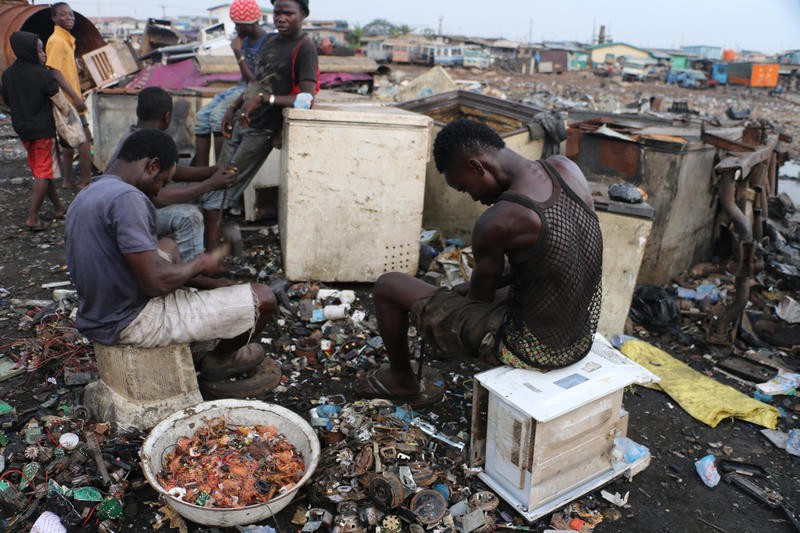
As Koreniushkina is keen to stress, theirs is not a 100 percent fair phone. We don’t (currently) live in a world where that’s possible. But the point is to show that producing a fairer phone is feasible and, by doing so, unveil some of the processes by which phones are made. A central point of the project is awareness-raising.
A phone is a particularly good choice then–instead of, for example, a games console, smart watch, or TV–because it’s a communication device. We use phones to talk to friends, to share ideas and stories, and to build communities.
Fairphone owner Anne Schulthess said that after she saw a clip from the film Blood in the Mobile–about the connection between minerals used in our phones and the civil war in the Congo–she actively sought out a phone that seemed to care about human rights.
Andrew Tobert similarly said ethics was what sold him on Fairphone in the first place. He can’t remember precisely where he first heard about it; he suspects it was a tech blog or environmentalist friend. But one of the things he likes about his phone is the conversations it lets him have with other people, how he can use it to talk about the ethics of electronics. “What I like is that it’s unique,” he told me. “Everyone has an iPhone, etc., but no one has what I have. That’s nice and it’s a talking point.”
Fairphone hopes that customers like Tobert talking about their phones won’t just lead to more sales–they’re currently sold out, though you can pre-order a second generation one–but raise awareness about the ethics of phone production and provoke change in the industry at large. “The debate over what’s fair is coming up more and more in the electronics industry,” Koreniushkina said, but progress is slow. “[We aim to] put fairness in the electronics higher on the agenda, create urgency for other companies to speed up in improving their supply chains, and put social values first, faster than it’s been done before that.”
It’s not 100 percent fair, and the phone’s not 100 percent perfect either.
Both Schulthess and Tobert have noticed problems with the screen if it gets a bit wet. Schulthess, a new mom, explained this happens more often than you’d imagine if you’re surfing the web while breastfeeding. For Tolbert, it’s a problem when he’s cycling and wants to check maps in the rain.
Schulthess would also like a better camera, another thing she’s noticed since the birth of her son. And although he likes how sturdy the device is, Tobert worries about its lifecycle. “My phone is now over a year old and it’s starting to die on me. Periodically it turns itself off,” he complained. “When I bought this phone I really thought it would last me forever–that’s part of the ethics for me. So I’m disappointed that it’s lagging.” Still, unlike other smartphones, he feels confident that the company would repair/replace it without hassle.
Koreniushkina told me that the second model Fairphone is planning to release later this year will be slightly different. They’re focusing on making the phone last longer and incorporating a more open design. “Give back to consumers the control over their products. Real ownership–they can open it, replace a detail, see what’s inside,” she said. “But it’ll still be a phone that tells a story. And that doesn’t change from the first Fairphone to the second one.”
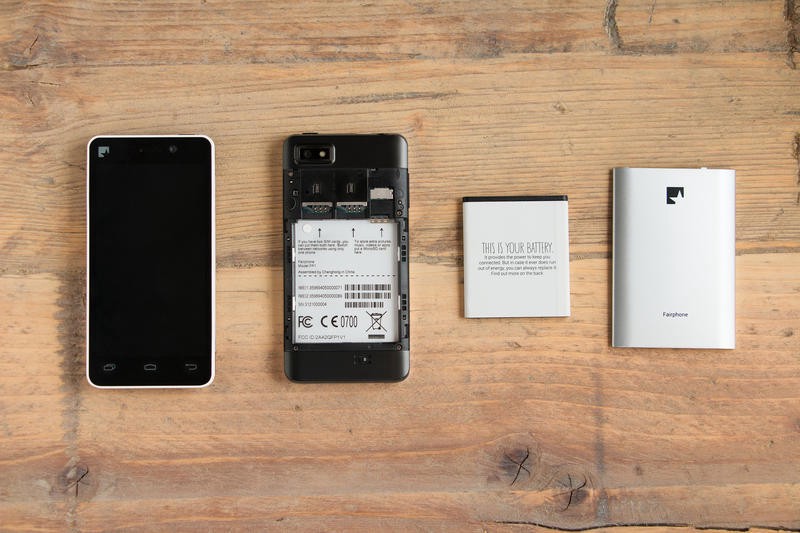
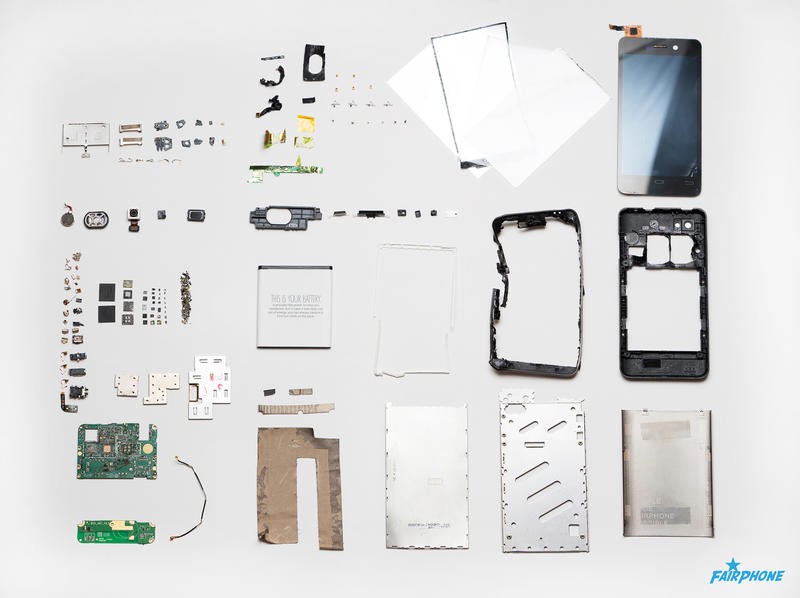




How We Get To Next was a magazine that explored the future of science, technology, and culture from 2014 to 2019. This article is part of our Design & Innovation section, which looks at new devices, concepts, and inventions that are changing our world. Click the logo to read more.
